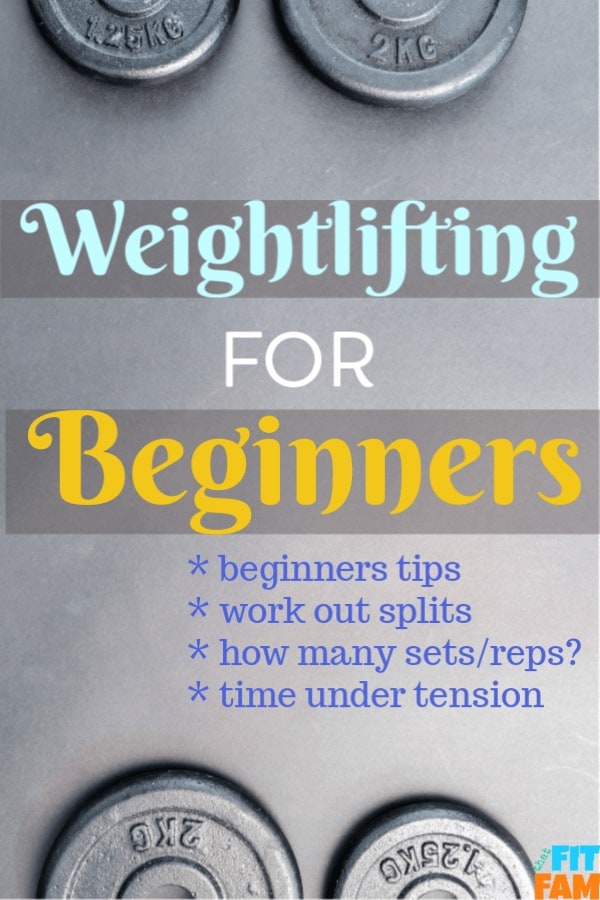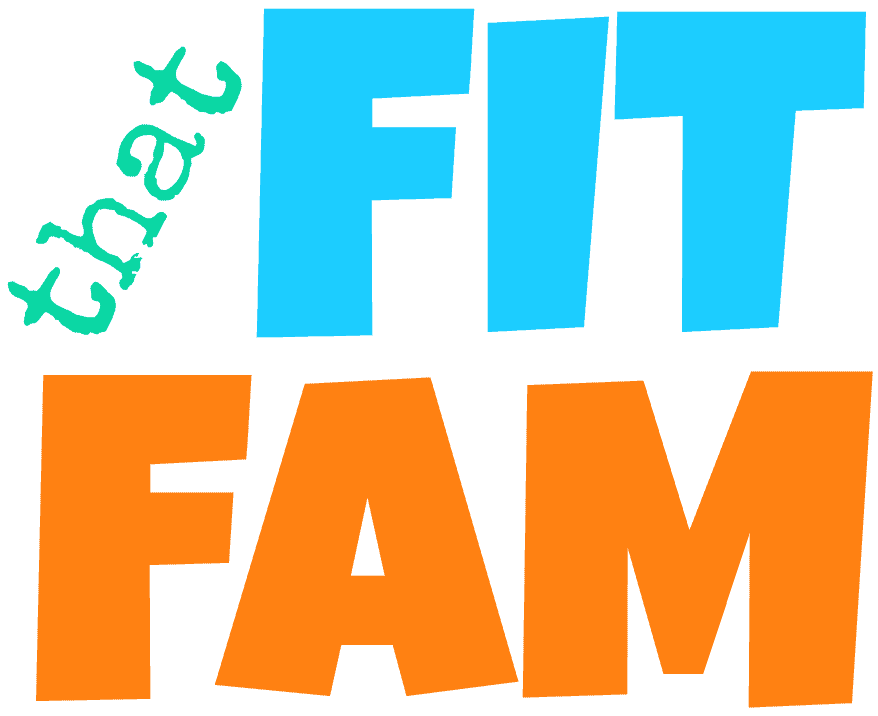Lately, I’ve been hearing a lot of people recommending weightlifting. I love it! The problem is when you’re new to lifting heavy, it can be very intimidating. So, let’s go over some weightlifting tips for beginners as well as some ideas on how to structure your workout.

First off, there are so many benefits that come from weightlifting. It is such a great idea to incorporate it into your workout routine. Please don’t be afraid of looking like a body builder.
The truth is, it is not easy to be a body builder. It is not something that you can just fall into even if you’re lifting heavier. It is very intentional.
Bodybuilders work really hard to look the way they do. Not only do they train in an extremely intense way, they are very meticulous with their eating, and they eat A LOT. They are also very consistent. It takes years of eating right & training hard enough to get to where they are. So if that’s not the look you’re going for, don’t worry. If it is, go for it! Just know it will be not be easy.
My personal goal is to add a little size to my legs & glutes and to gain some strength. We will go over the different rep ranges for different goals you may have.
Okay, let’s jump right into it.

Tips for beginners:
- Practice your form in a mirror. Form is everything. When you’re deciding on your workout routine, make sure you know what types of exercises you will be doing and how to perform them correctly. You can (and should) look up the exercise beforehand. You can find tutorials for performing the exercise on google & youtube. Practice without weights in front of a mirror until you are confident you have the form down. Next, add in light weights & gradually increase weights over time. Don’t be embarrassed to be using lighter weights in the beginning, form is way more important than lifting heavy.
- Always check on your form. Even after you get comfortable with an exercise, it is a good idea to film yourself or ask a friend if your form still is on point. There are tons of groups on Facebook that will give you a form check if you post a video.
- Get comfortable with the squat rack. The Smith Machine has its place, but you will get more out of the exercise if you preform your squats at the squat rack. Why? One reason is that the Smith Machine stabilizes you, meaning you no longer have to rely on your core as much during the squat making a Smith Machine squat more of an isolation exercise, than a compound exercise.
- Have a game plan. Never go to the gym without knowing specifically what exercises you will be doing. You will end up wasting a lot of time.
- Warm up. This can be a short amount of cardio or 2-3 sets of your first couple exercises with little to no weight. Skipping a proper warm up could lead to injury.
- Don’t rush through your workout. Make each rep count. Focus on each phase of the exercise (concentric, isometric, & eccentric). Really think about the muscles that are engaging during each phase.
- Time your rest in between sets. More on this later.
- Be courteous of others. You don’t need 5 different sets of free weights at one time. You also don’t need to use a bench JUST for your cell phone to sit on. If you’re not currently using it, don’t reserve it for yourself. Share the space.

Workout Splits:
A workout split is basically, just how you split up your weightlifting sessions throughout the week. There is no 1 right way to do this. It is just based on personal preference.
The real indicator of muscle growth is not how many days you hit legs or chest, it’s how many sets you complete in total per week. Basically, you wanna complete 10-20 sets per week for optimal muscle gain. (reference)
Here are the most frequently used workout splits:
- Full body: resting every other day.
- Movement type: 1 push, 1 pull & 1 leg day then repeat & follow it up with a rest day.
- 1 Upper body & 1 Lower body day followed by a rest day & repeat.
- Muscle group: Back & Bis, Chest & Tris, Quads, hamstrings, & calves, and maybe a glute day depending on your goals. Add in rest days as needed.
How many reps & sets??
There are 3 different rep ranges. It’s important to note that while the primary goal of the rep range is italicized below, all 3 will help you grow muscle mass as long as you lift the right size of weight to push yourself in that specific rep range.
The rep ranges are as follows:
1-6 reps for increasing strength (use heaviest weight)
8-12 reps for increasing muscle mass (use moderate weight)
15+ reps for increasing endurance (use lighter weight)
An ideal training plan should include a mix of all three. I usually go through the rep ranges in that order. I start with 1 or 2 compound moves in the 1-6 rep range & heavier weight, then I do the bulk of my workout in the 8-12 rep range. Toward the end, I may add in some accessory work for a burnout in the 15+ rep range.
The traditional amount of sets varies. Usually between 3-5 sets is normal. Remember 10-20 sets PER WEEK per muscle group is ideal for muscle growth.
How many exercises should you include?
You don’t have to go crazy with this. I personally will do around 4 exercises per session, but sometimes as many as 6. It does not sound like a lot, but when you lift the appropriate amount of weight and really focus on making every rep count, it can be (and usually is) a pretty brutal gym sesh.
Rest between sets:
3-5 mins for strength
1-2 mins for size
30-60 seconds for endurance
Yep, rest between sets needs to be timed. Honestly, this isn’t crucial, but it can help you with your goals.

Time under tension
If you follow Hanna Oberg on youtube or insta, you know she is a HUGE fan of time under tension. This is just the amount of time that your muscle is under stress during a set.
Some examples of Time Under Tension (T-U-T) would a 4 second lowering phase on squats or a 2 second lowering phase on a standing barbell overhead press or on biceps curls, etc. You could also incorporate this in the isometric part of the move by holding at the bottom of a squat before lifting back up, for example.
T-U-T is a great way to control the tempo of your reps & push yourself harder.
In conclusion…
Weightlifting for beginners is one of those topics that isn’t really touched on enough. Too many fitness influencers are more focused on selling their workout plan than explaining how to create your own. And I get it, they wanna make money, but that’s what makes it so intimidating.
Related post: how to get over gym anxiety
I know this was a lot of info, but I hope it gave you a good overview. Let me know if there are any other topics you want me to cover on here!

Counting Macros for Beginners - That Fit Fam
Monday 3rd of June 2019
[…] and double check them). They will share the BEST before & afters. They will help you learn the basics of weightlifting. And most importantly, they will offer support when you need […]